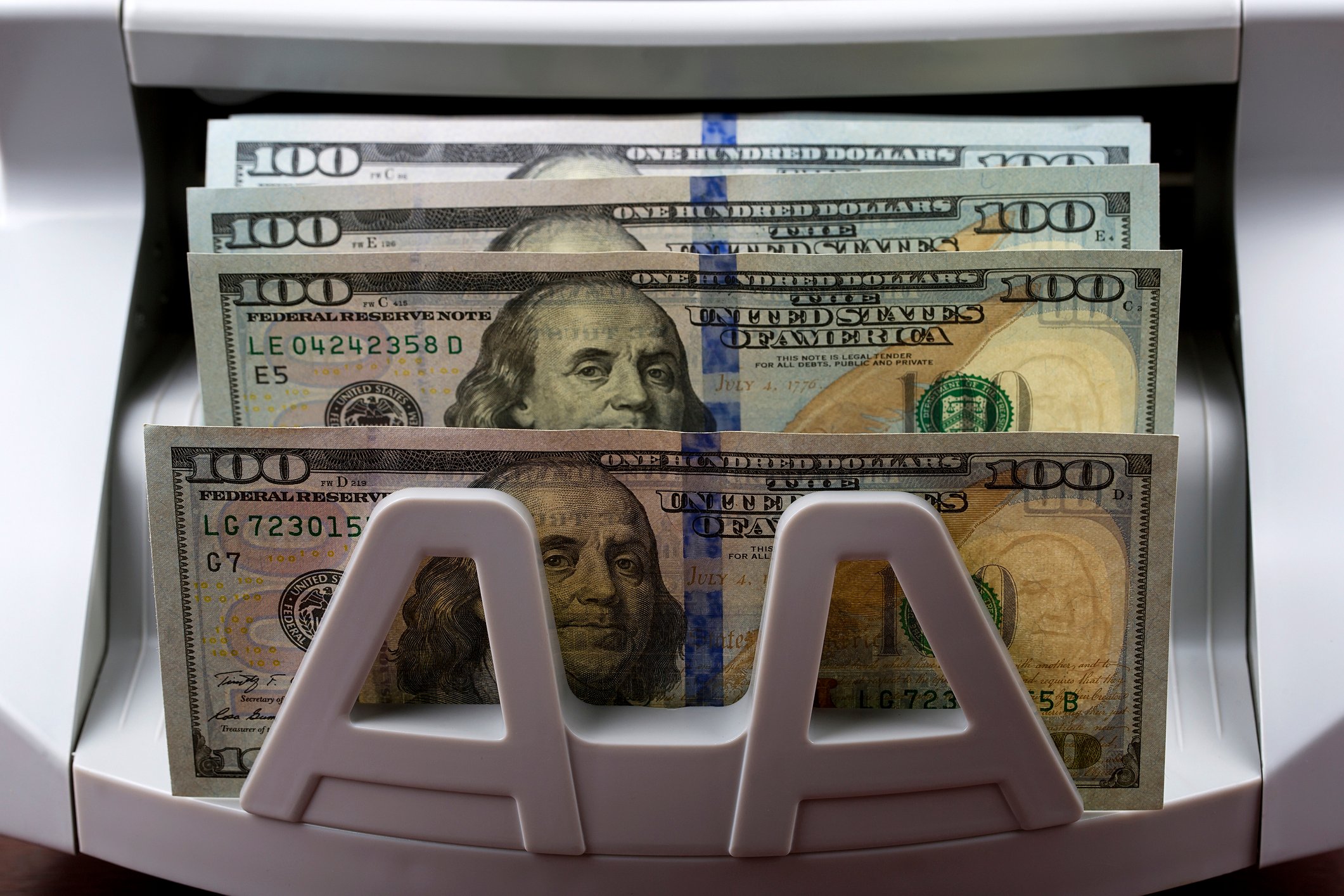Imagine yourself forcibly retired years before you were really planning to or could really afford it. Now consider what that would probably mean to you and what happens to the three key drivers of your retirement income:
- Social Security: Permanently reduced by both the $0s in your earnings record and by taking it before reaching your full retirement age in order to make ends meet.
- Pension (if you get one at all): Permanently reduced by having fewer years of service than you expected.
- Personal investments: Inadequate to cover your costs because you had fewer years to compound and were expecting more from your pension and Social Security.
On top of all that, imagine you get the news that your Social Security check -- already too small to begin with -- will be slashed by 25% because the program's Trust Fund has run out of assets.
It's not all that far-fetched...
Sounds a bit scary, doesn't it? But according to a couple of government reports from earlier this year, it's an ugly reality that's already in motion now. An April report from the Government Accountability Office mentioned that "the number of workers age 55 and over experiencing long-term unemployment has grown substantially since the recession began in 2007." That same report noted that a majority of the unemployed people in its focus group who were eligible for early Social Security benefits took them.
The news gets really ugly when you combine that with the Social Security Administration's annual Trustees Report, which forecast that Social Security's Trust Fund will run dry in 2033. When the Trust Fund runs out, the program will only be able to pay out about 75% of its scheduled benefits.
Or in other words: The critical elements of that horror story are already in place. And if you don't do anything to protect yourself from that frightening future, it's one you may very well find yourself facing, woefully unprepared, in the not-so-distant future.
What can you do about it?
Of those three key drivers of your retirement income, the only one you have any real control over is your personal investment portfolio. By kicking it up a notch -- investing more now, while you can -- you're doing your future self an incredible favor. And that's true practically no matter how your investments perform.
- If you outperform your expectations: You can retire earlier or more comfortably than you had originally anticipated.
- If you meet your expectations: You cover the gap created by Social Security's troubles and the risk to your pension and Social Security payment levels from being forcibly retired early.
- If you underperform your expectations: You're still very likely to be much better off than had you not invested at all.
Those all seem like pretty reasonable outcomes, especially when compared with the frightening future that comes from doing nothing at all.
The best protection is a growing income stream
With that in mind, remember that what you're trying to do with these investments is to close the income gap between what you'll get from other sources and what you'll need to cover your costs. By investing from the very beginning with an eye toward building that income, you're laying a solid foundation for when your paychecks stop and your savings need to cover your costs.
One of the best places to invest to build a growing income stream is in the stocks of companies with a history of paying and routinely raising their dividends. If, in addition to their histories, you have good reason to believe that the companies will continue their trends, you can build yourself a fairly diversified portfolio of stocks that will provide you with that growing income stream. Take a look at the following companies:
|
Company |
Years of Consecutive Dividend Increases |
Reasons to Believe the Trend Will Continue |
|---|---|---|
|
McDonald's |
36 |
|
|
Wal-Mart |
38 |
|
|
ExxonMobil |
30 |
|
|
Cintas |
30 |
|
|
Automatic Data Processing |
37 |
|
Dividend increase data from dripinvesting.org. Payout ratio data from Yahoo! Finance as of Nov. 29, 2012.
They're all leaders in their industries, with multi-decade-long histories of raising their dividends and payout ratios low enough that they're still able to reinvest for future growth. Could any one of them cut their dividend? It's possible. Will they all cut their dividend at the same time? That's unlikely, because they operate in different industries.
With an entire portfolio built around companies like that, you can build to the point where your investment income covers the gap between what you get elsewhere and what you need to spend. Best of all, during the time you're still building that portfolio, you can reinvest (rather than spend) those dividends in other such companies, helping you build that income-generating nest egg all that much faster.
While there are still no guarantees in investing, following a plan like that will go a long way toward protecting yourself from the very frightening financial future that's already starting to unfold.










